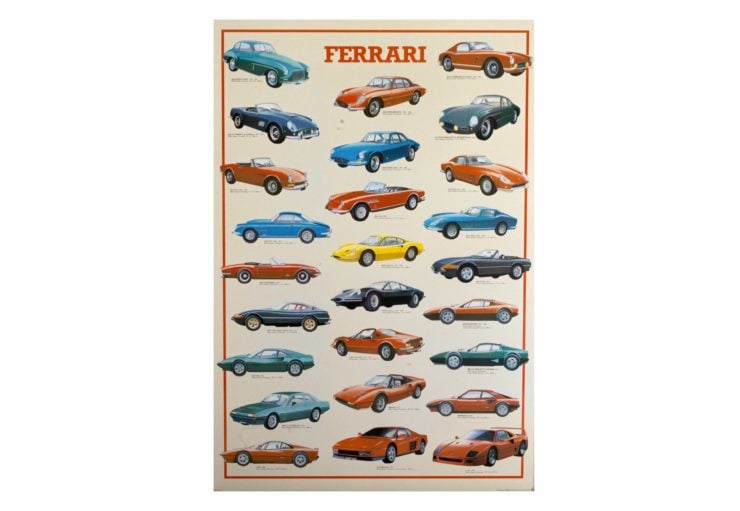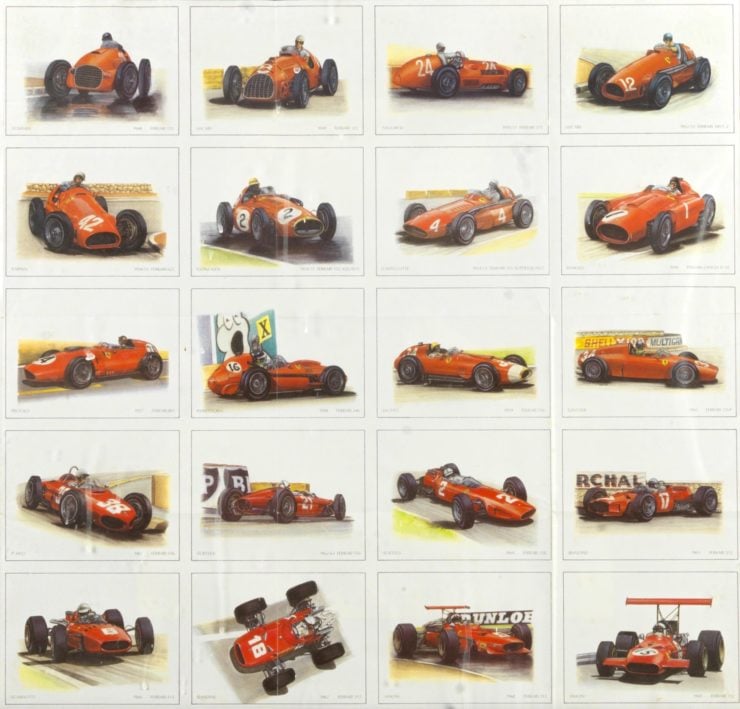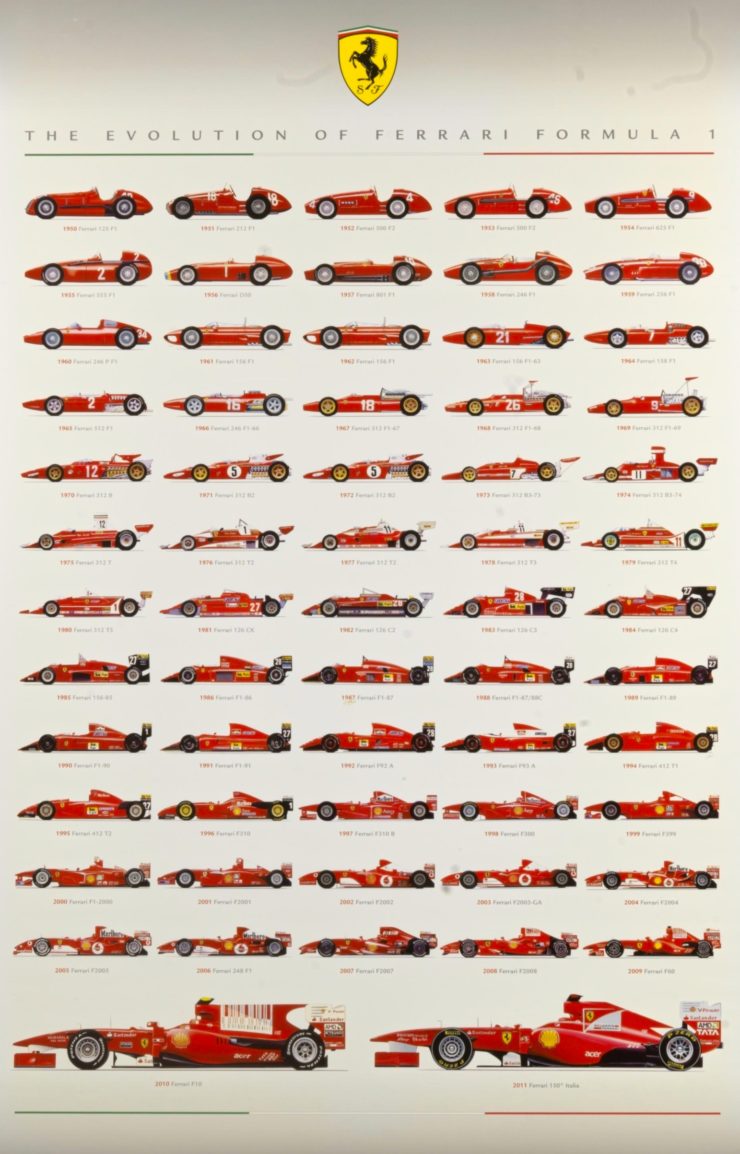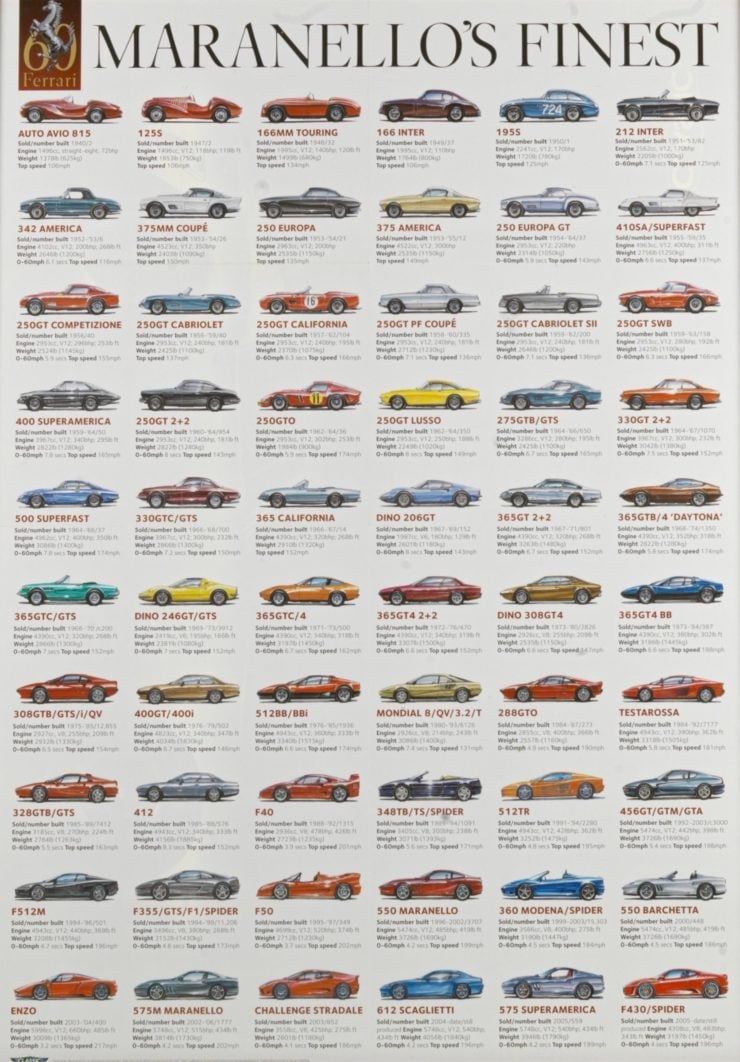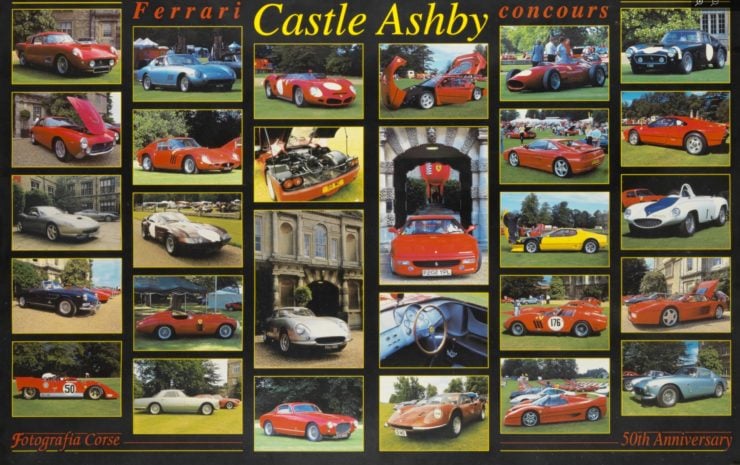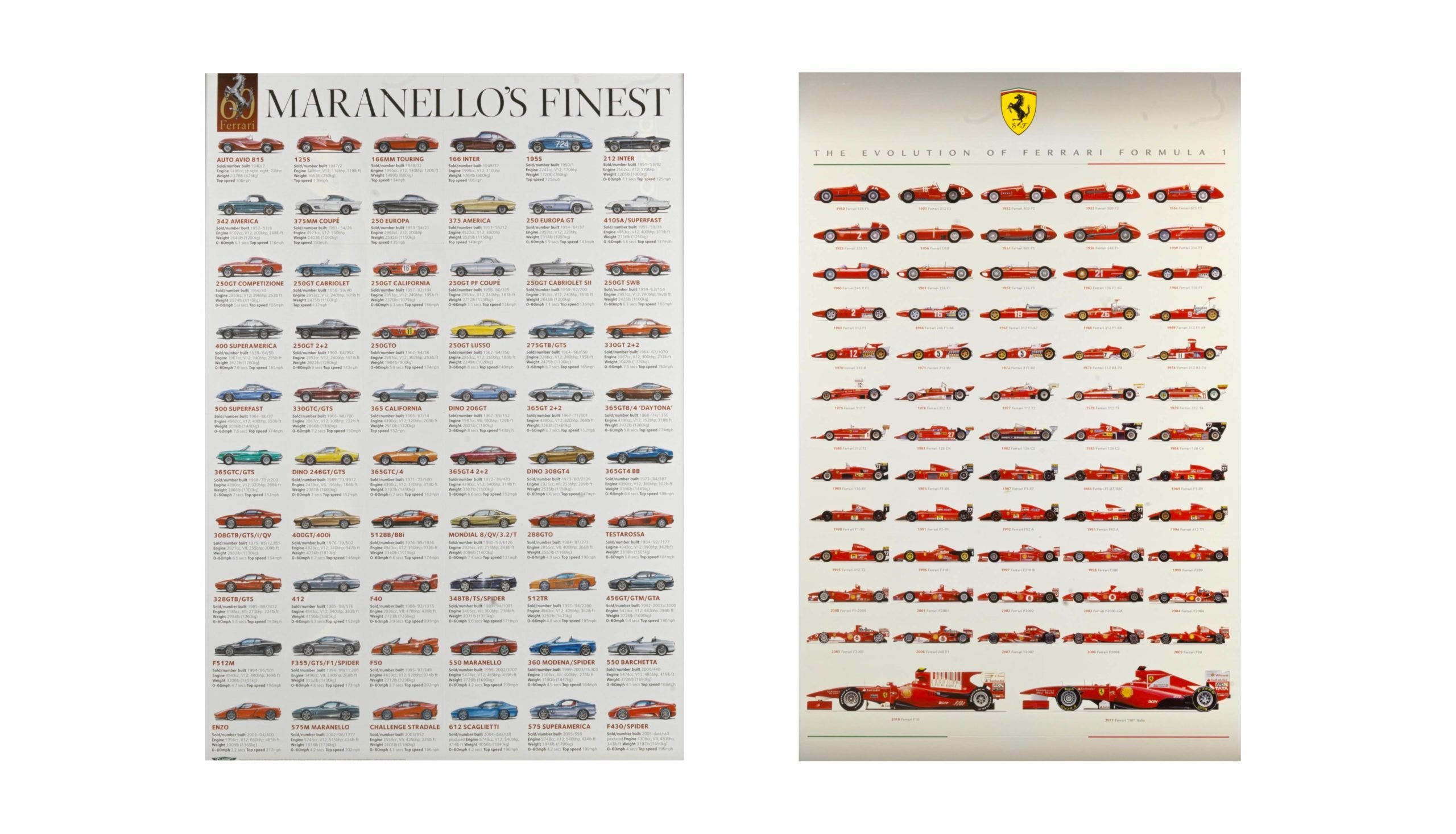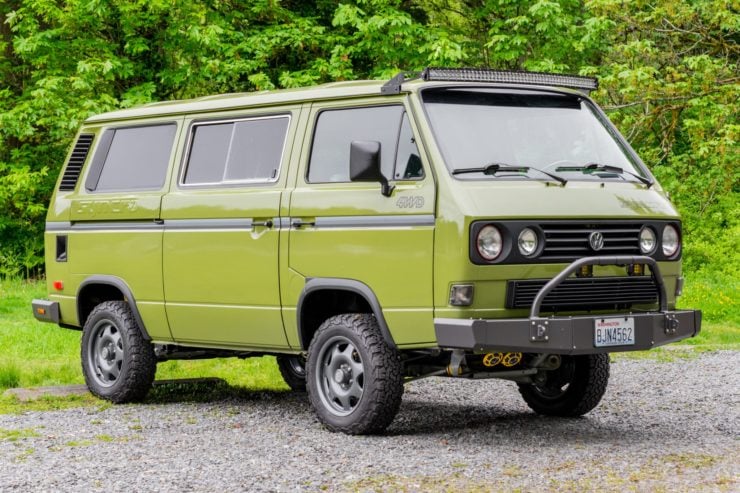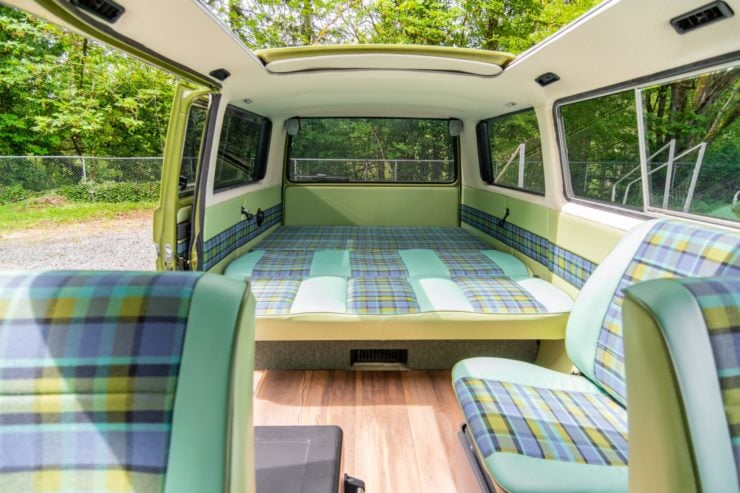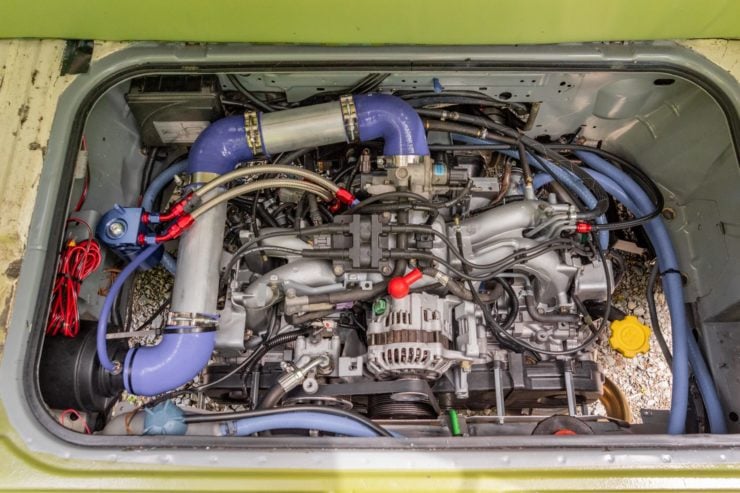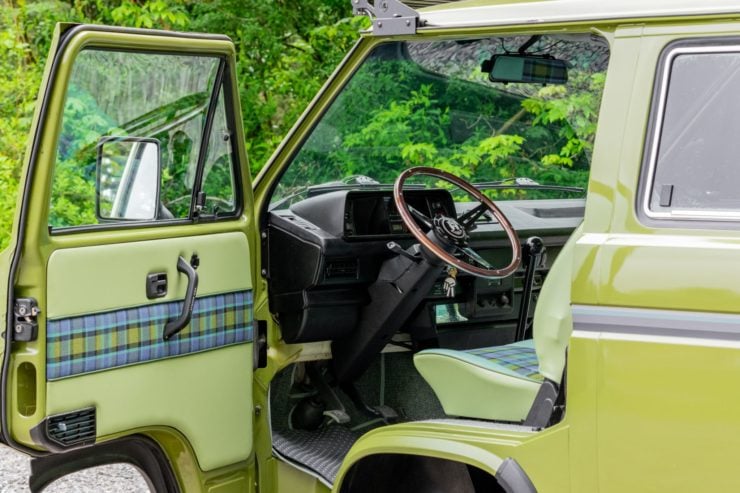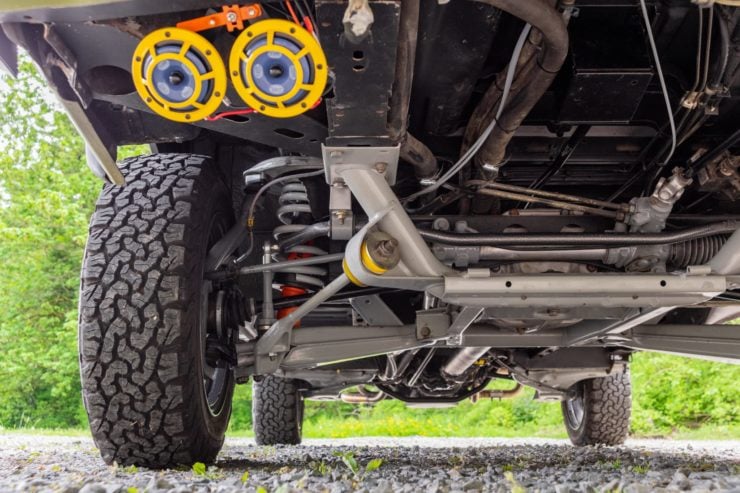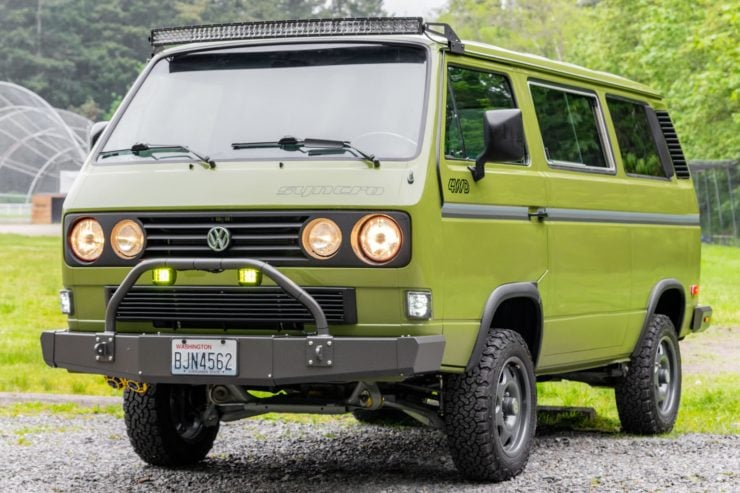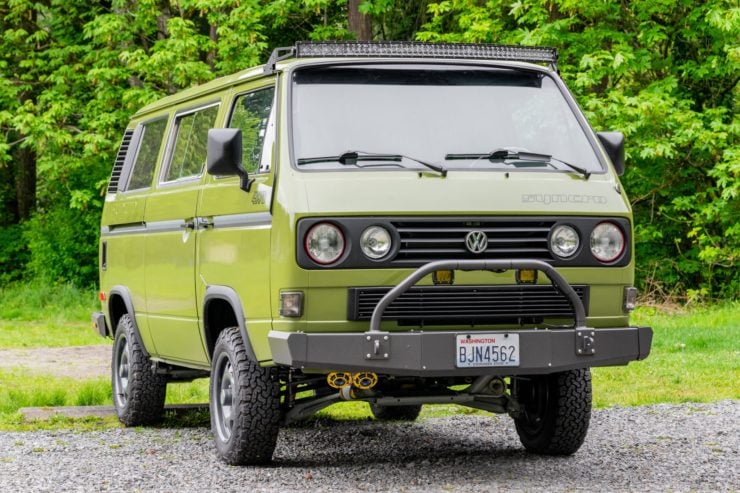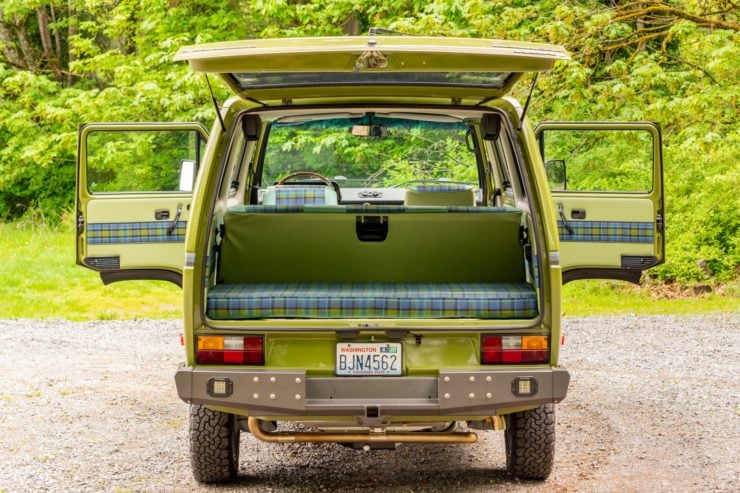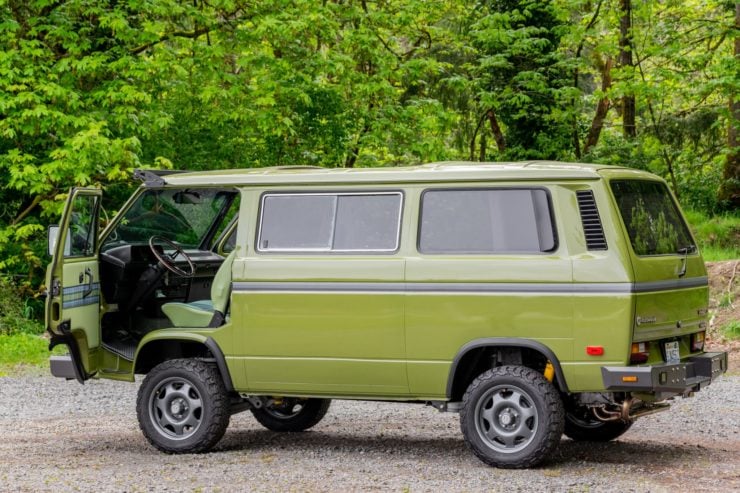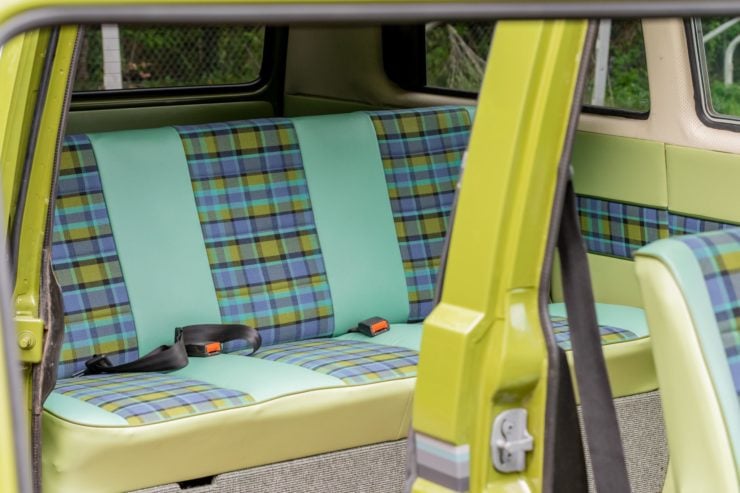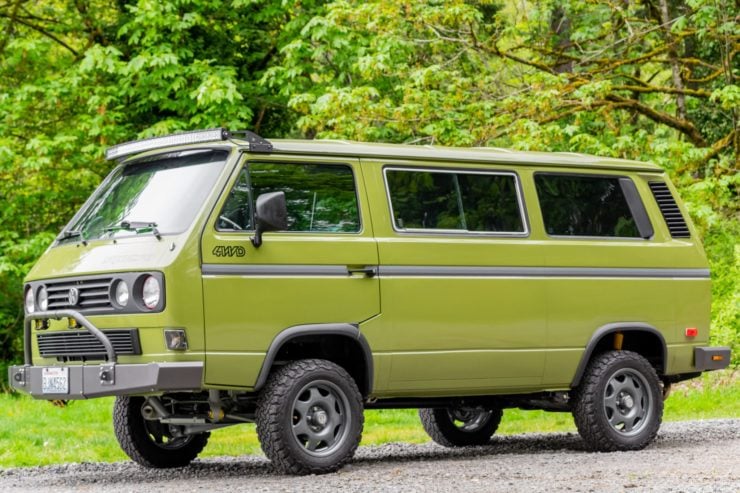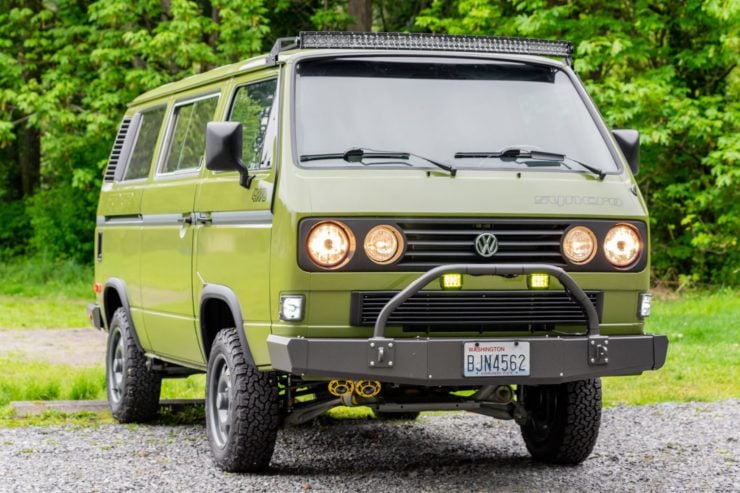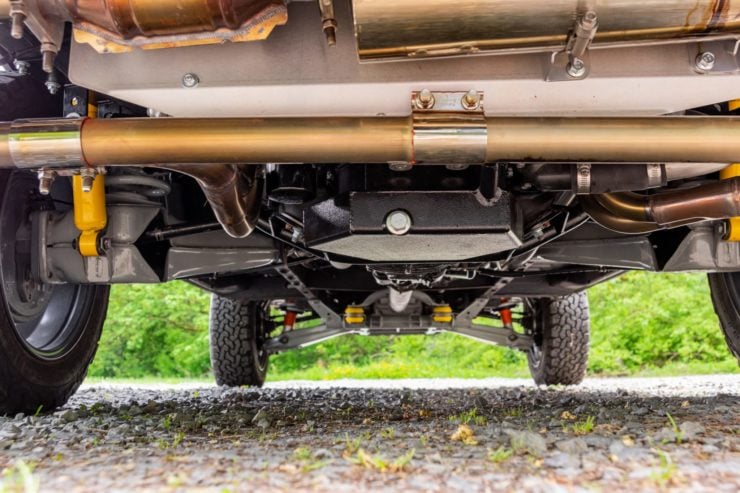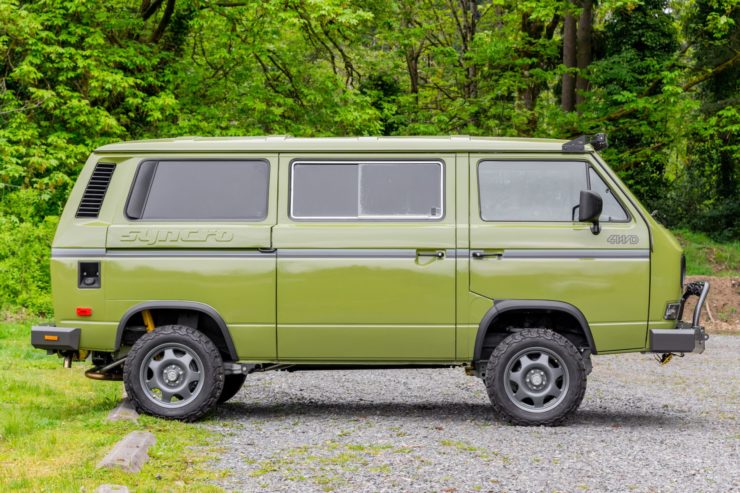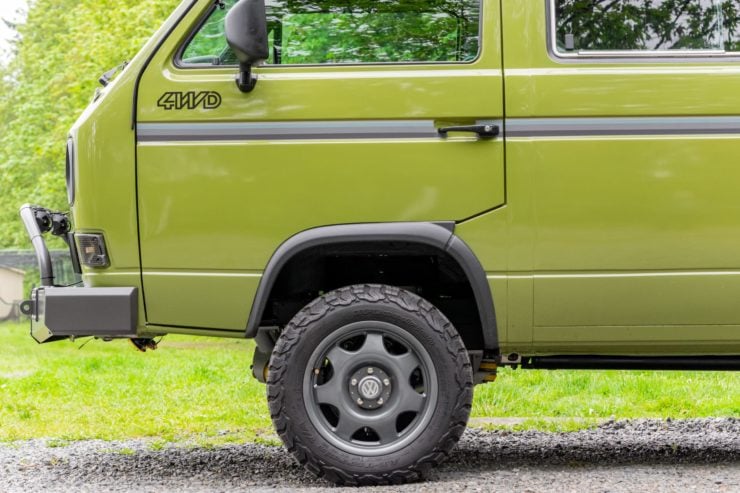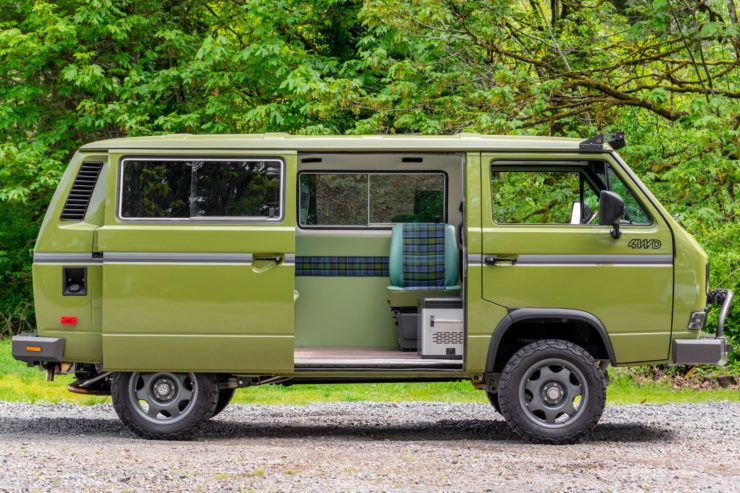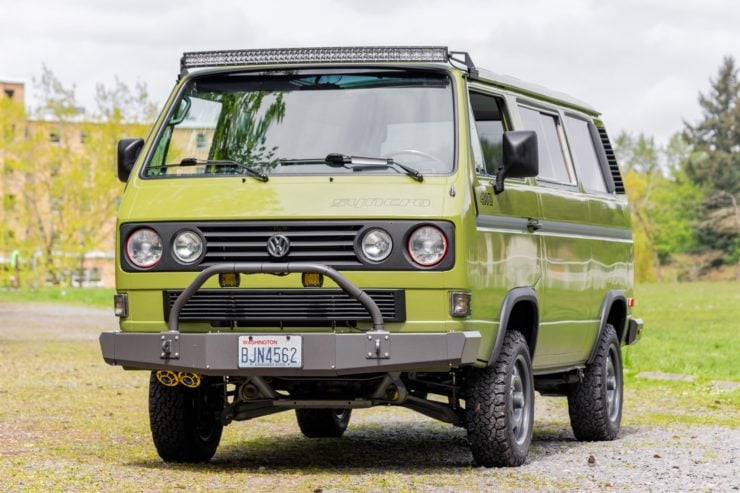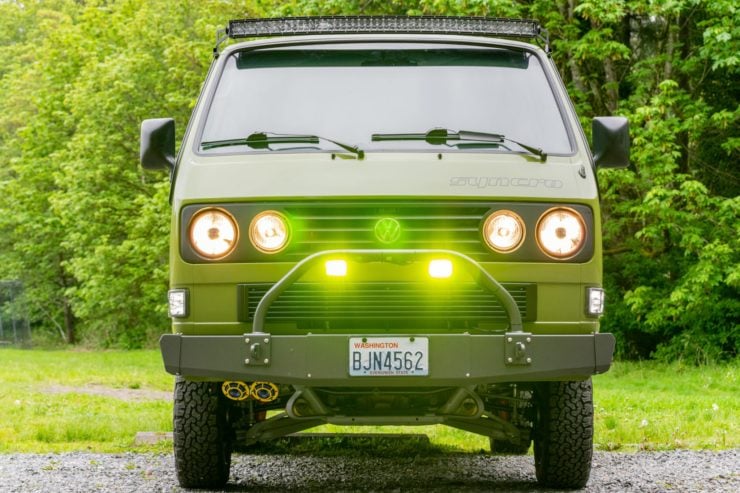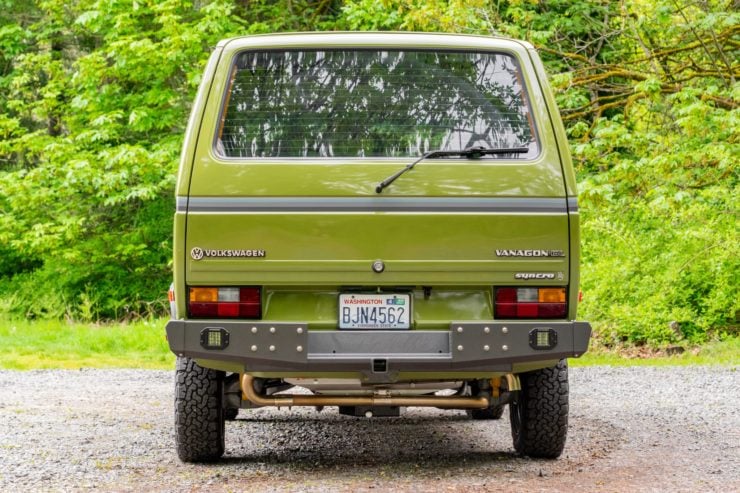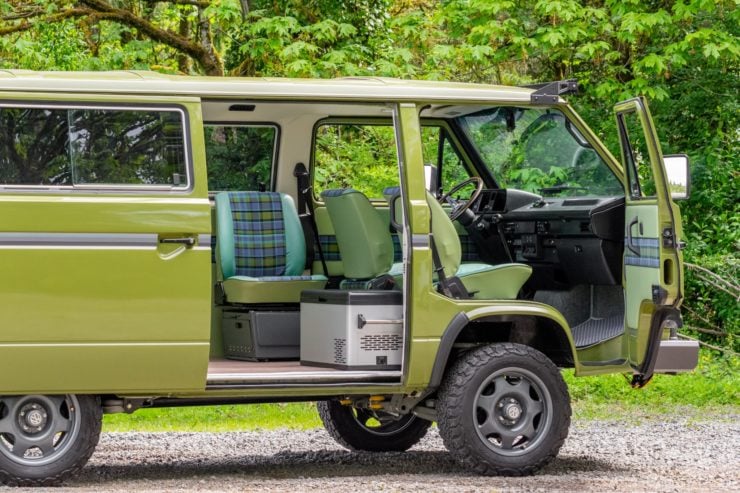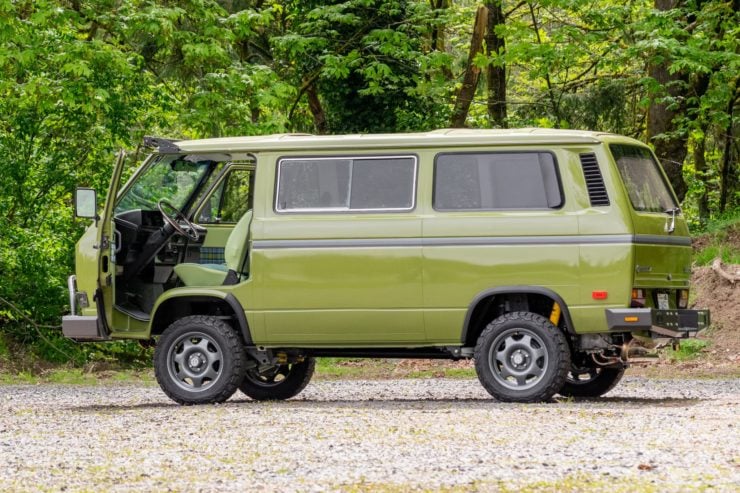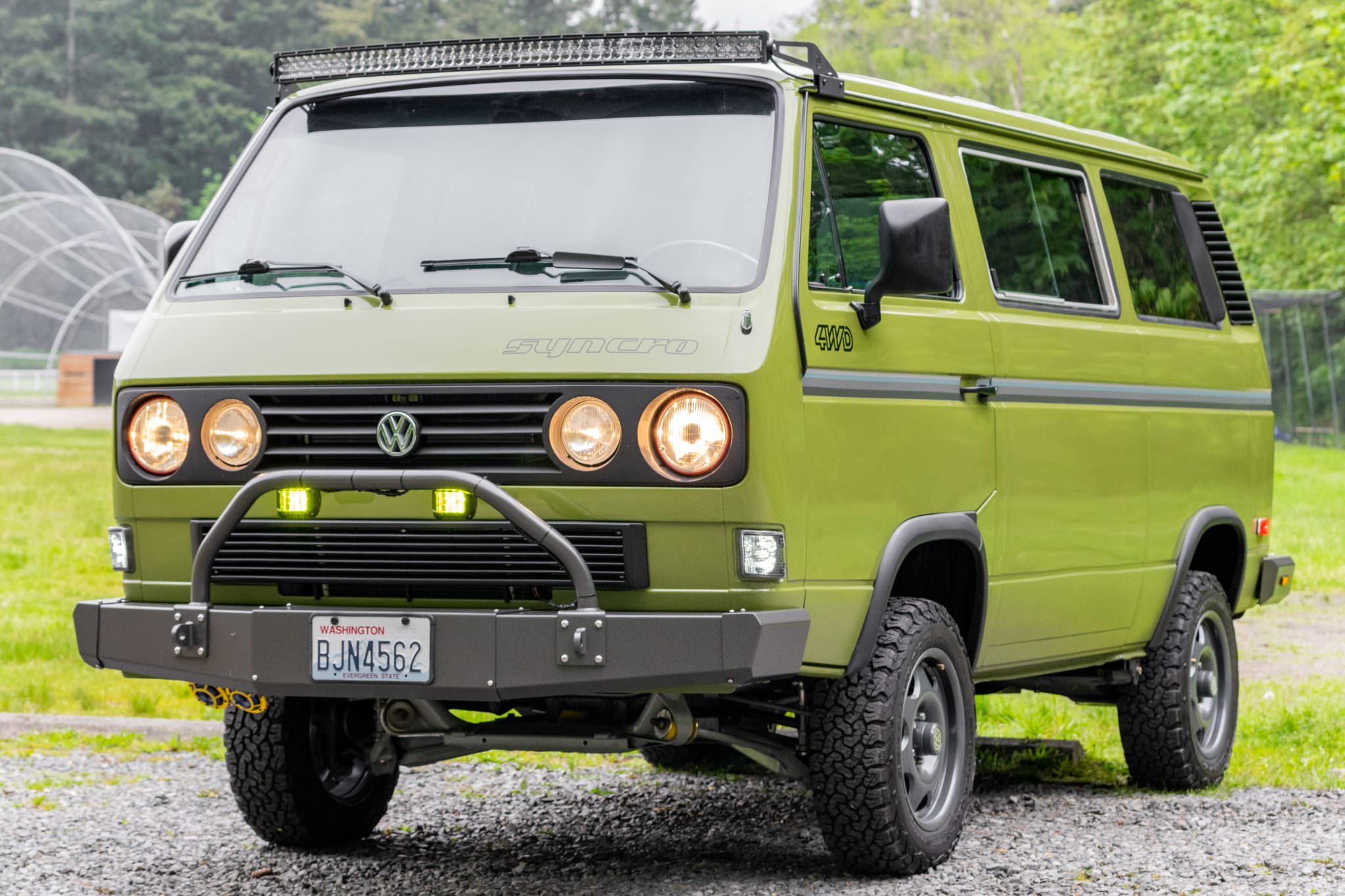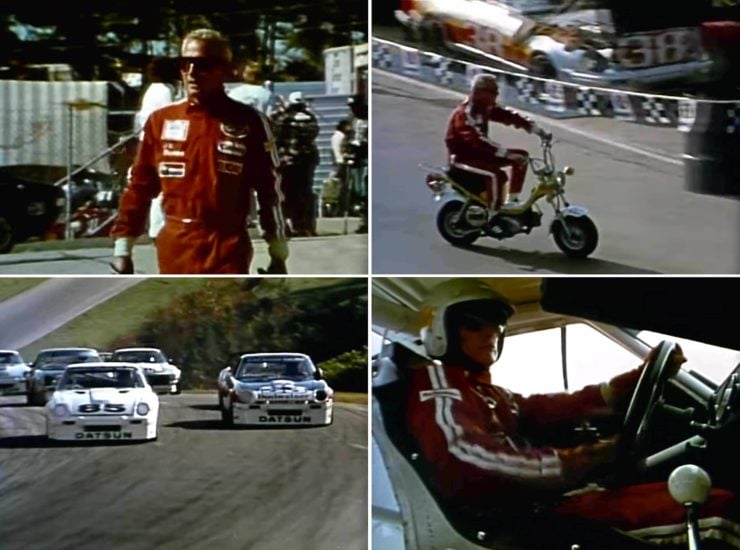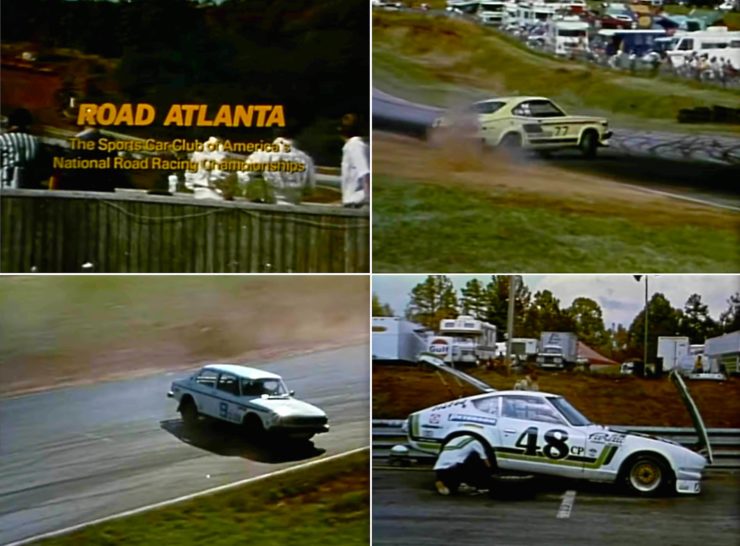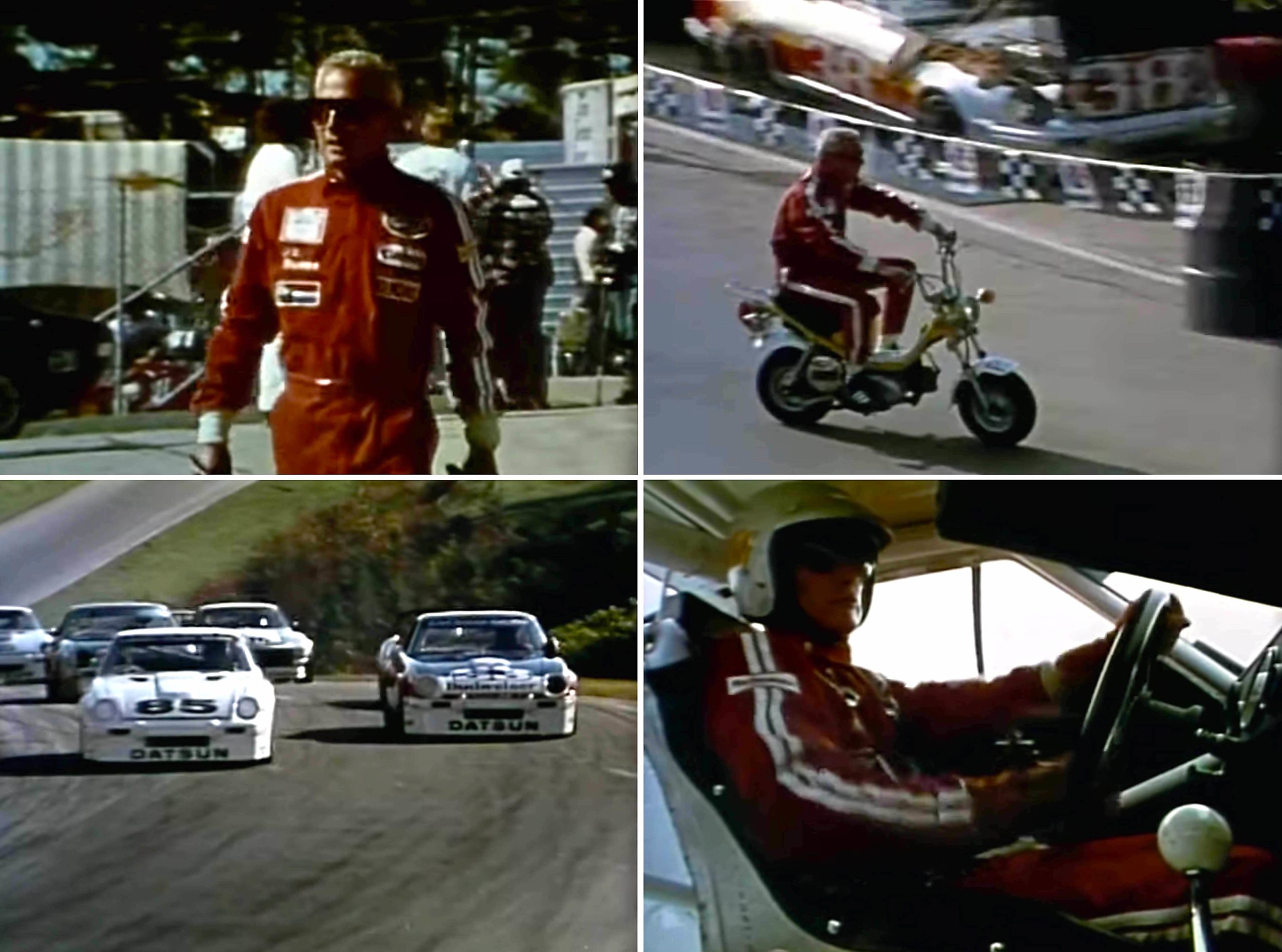This 1982 Audi Quattro was parked in a locked garage almost 30 years ago, it would spend decades in darkness with just the dust for company until Jonny Smith discovered it and rolled it out into the sunshine in a recent episode of The Late Brake Show.
As a first generation Audi Quattro, this car is a highly collectible modern classic with a turbocharged inline-five cylinder engine powering the now famous “Quattro” all-wheel drive system that changed the world of rally forever.
Fast Facts – An Original Audi Quattro
- When the Audi Quattro was first unveiled at the 1980 International Geneva Motor Show no one could have known quite how revolutionary it would be.
- With its unusual turbocharged Audi five-cylinder engine and its advanced all-wheel drive system the Audi Quattro proved highly capable in all conditions – from regular road driving to traversing snow, ice, mud, and gravel.
- Audi began racing the Quattro in 1980, various motorsport iterations of the design won countless races, dominating the sport and making all-wheel drive a necessity for any team that wanted to win.
- The Quattro you see here was recently uncovered by popular motoring presenter Jonny Smith in an episode of “The Late Brake Show” that has now been seen by almost half a million people on YouTube.
The Volkswagen Iltis 4×4
In 1976 a group of Audi engineers arrived in Sweden to conduct deep snow testing with a number of new Audi front-wheel drive vehicles.
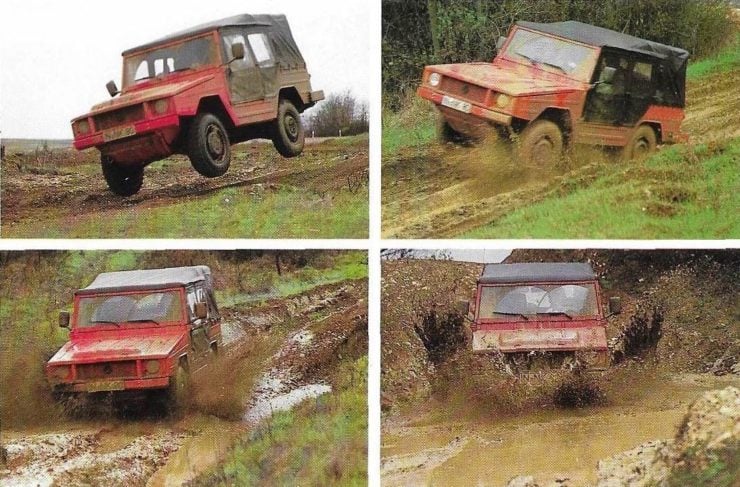
Some vintage PR action shots of the Volkswagen Iltis. Despite the the Iltis was only capable of 75 bhp. Image courtesy of Audi AG.
Among the group of vehicles was a Volkswagen Iltis, a rough and sturdy military four-wheel drive that produced just 75 hp. Much to the surprise of many of the engineers, the Iltis was considerably quicker than any of the more powerful Audis it was tested against.
The key to the success of the Iltis wasn’t its power, realized Audi chassis engineer Jörg Bensinger, but its four-wheel drivetrain.
This revelation led to the development of a new all-wheel drive system that would become a central element to Audi’s future models over the coming decades, and it would turn the world of rally on its head.
Quattro: What’s In A Name
The Audi Quattro is sometimes called the Ur-Quattro, the “Ur-” prefix is German for “primordial” or “original.” The word quattro is Italian for four, as in four-wheel drive, though it’s never been made clear why it wasn’t named vier, the German word for four.
Above Video: This is the full episode of The Late Brake Show about this Audi. It’s hosted by Jonny Smith who you may recognize from his many TV appearances, most famously on the British motoring show Fifth Gear.
These original Quattros are the only Audis that use the word with a capital “Q,” all other quattros use a lowercase “q” out of deferential respect to the original.
Now that we have all of the technical aspects of the Quattro naming conventions out of the way we can talk about what actually made the cars what they are.
The Audi Quattro
When the Audi Quattro was first shown to the world in 1980 it was seen as a new take on a pre-existing idea.
The Jensen FF from the 1960s had been the first road-going production performance car (or sports GT car) with an all-wheel drive system courtesy of the engineers at Ferguson Formula. Both AMC and Subaru had developed their own four-wheel drive road cars in the years that followed.
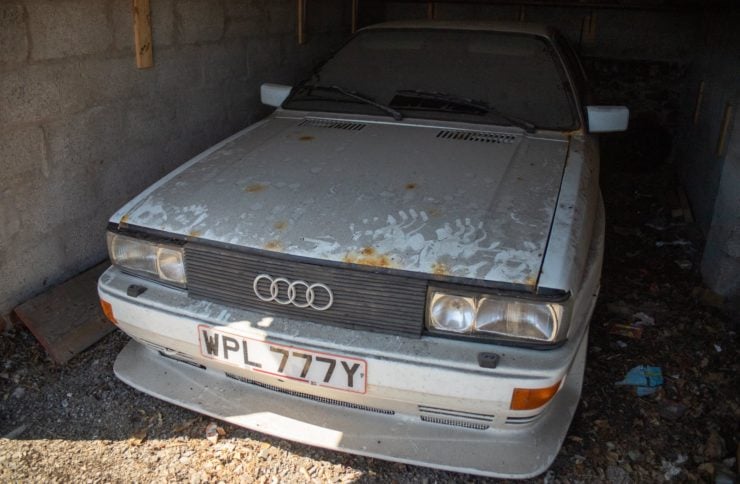
This Quattro sat for decades in a locked garage in England, just waiting to be rediscovered and rolled back out into the light.
What Audi did differently was that they made their new all-wheel drive Quattro a true sports car, with a 200 bhp turbocharged inline-five cylinder engine, a 5-speed manual transmission, bucket seats, and suspension and brakes intended for spirited driving.
The reason for this was that they had their sights set on the world of rally, specifically the World Rally Championship (WRC), as they knew that their new vehicle had the ability to dominate the largely rear-wheel drive competition.
A production car was required for homologation purposes of course, but the Audi Quattro quickly became much more than just another low-volume homologation special. The Quattro rewrote the DNA of Audi, turning it into one of the most desirable German automakers in the world.
The racing versions of the Audi Quattro certainly did not disappoint. The cars won a slew of WRC events including two World Championships (and two runner up finishes).
Quattros won the Pikes Peak Hillclimb three years in a row from 1985 to 1987, and they won a vast array of top flight rallies including the Monte Carlo Rally, the 1000 Lakes Rally, the Acropolis Rally, Rally of Brazil, and dozens more.
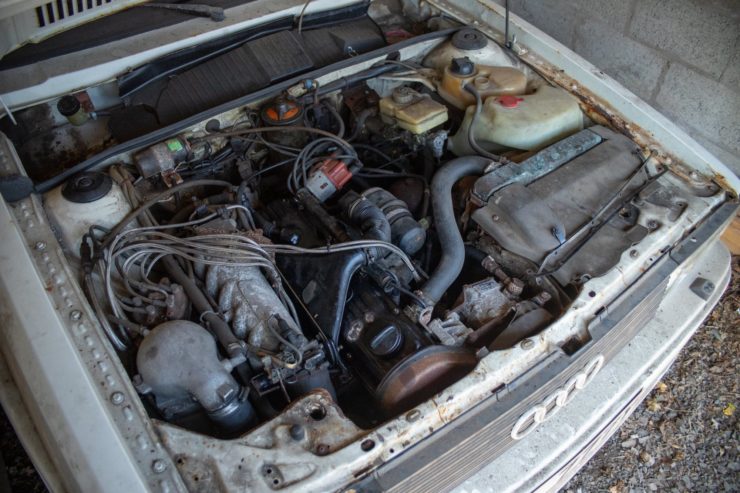
The Audi Quattro was fitted with a turbocharged inline-five cylinder engine producing 197 bhp and 210 lb ft of torque at 3,500 rpm. Power was sent to all four wheels via a five-speed transmission and Audi’s quattro all-wheel drive system.
The 1982 Audi Quattro Shown Here
The Quattro you see here is a bid of a mystery car, it was parked in a locked garage by its owner almost 30 years ago and then left untouched.
It likely would have remained tucked away if it wasn’t for the sleuthing of well-known motoring TV presenter Jonny Smith, the host of the popular YouTube channel The Late Brake Show.
In the episode linked above you’ll see Jonny and the car’s current keeper open up the garage door and roll the car out for the first time in decades. It remains in understandably original condition throughout, though it now will obviously require a full restoration.
The car currently being offered for sale in a live online auction on Car & Classic in the UK, if you’d like to read more about it or register to bid you can visit the listing here.
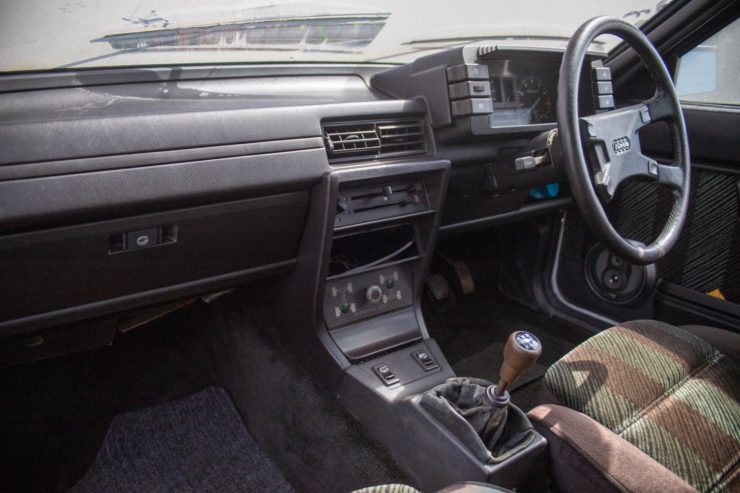
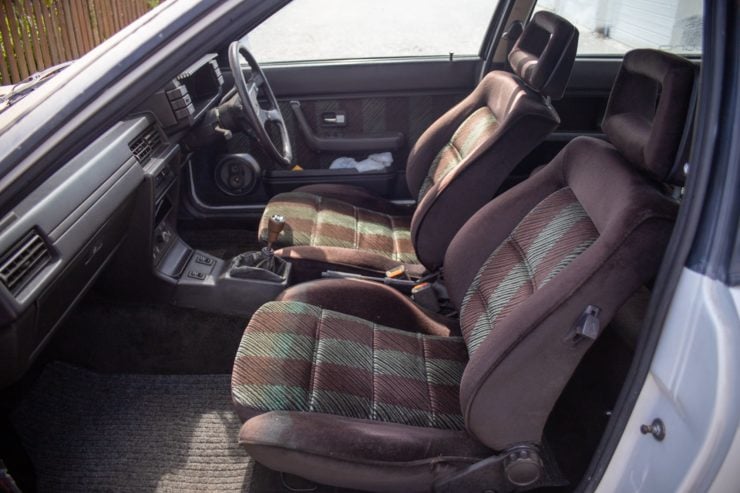
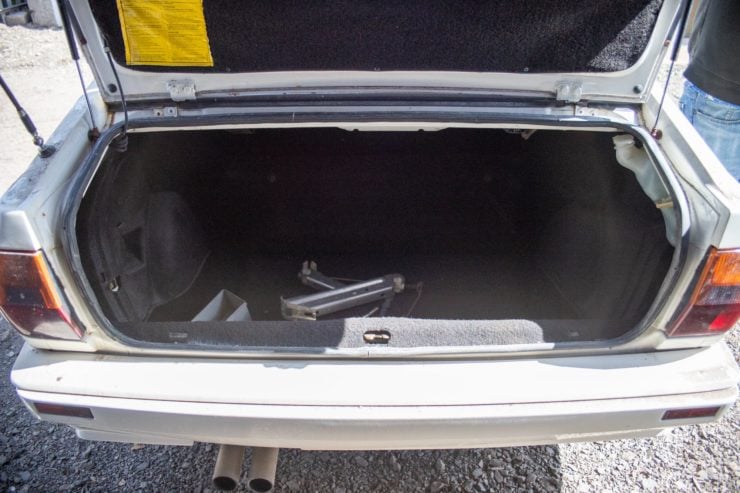
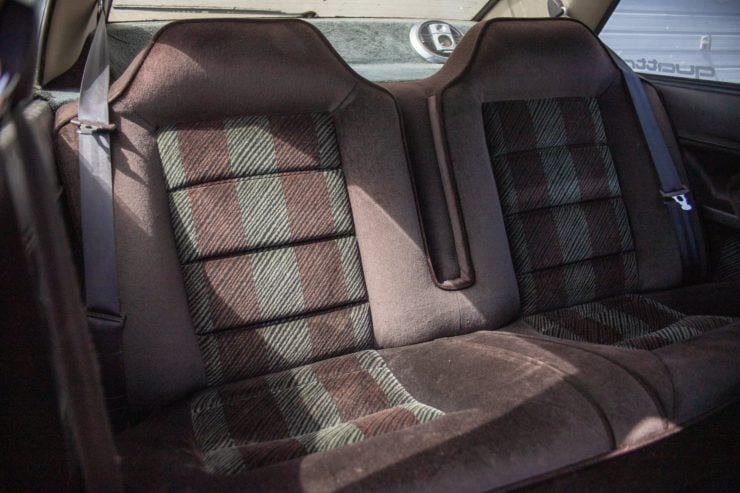
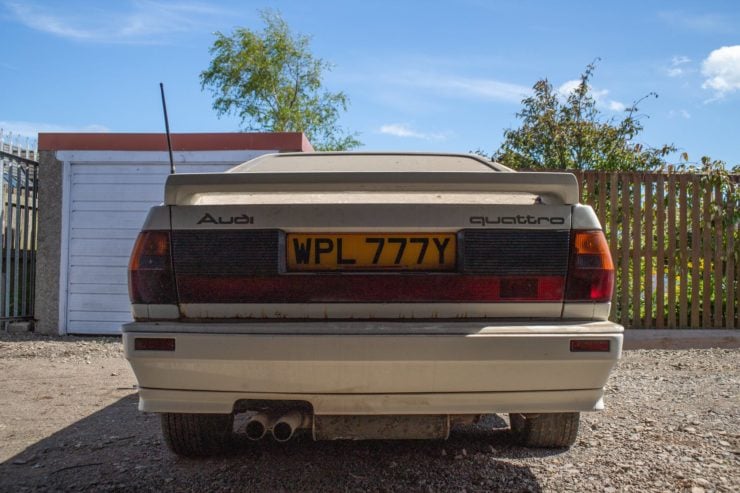
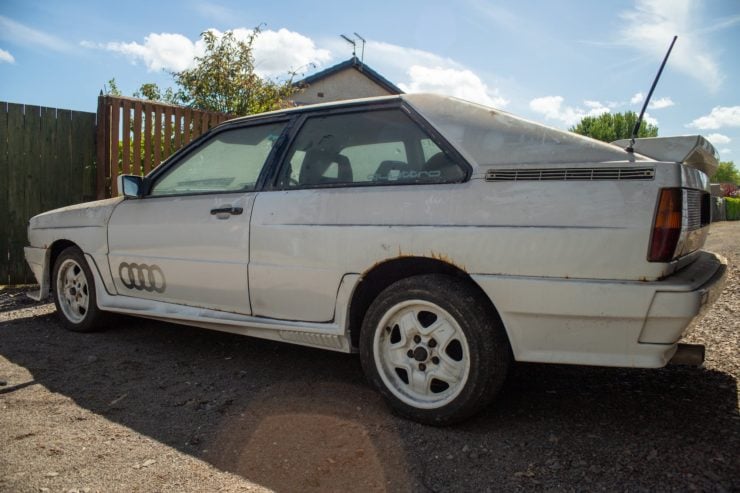

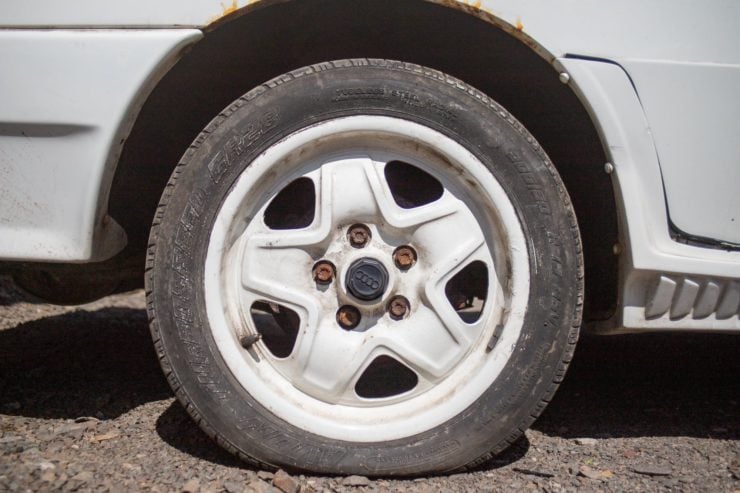
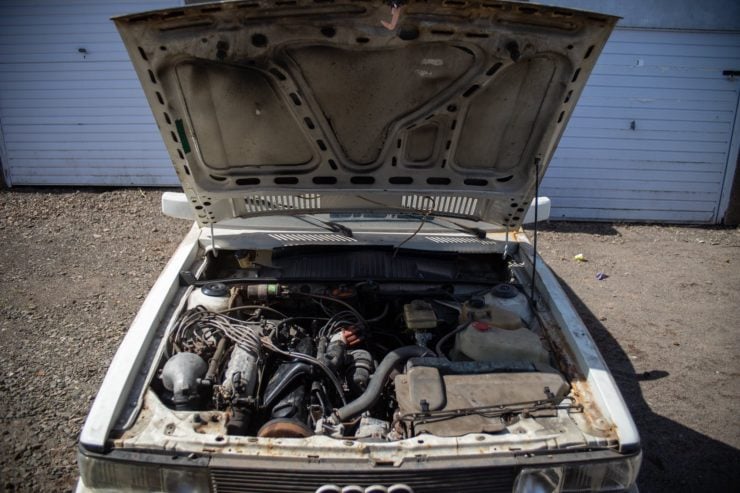
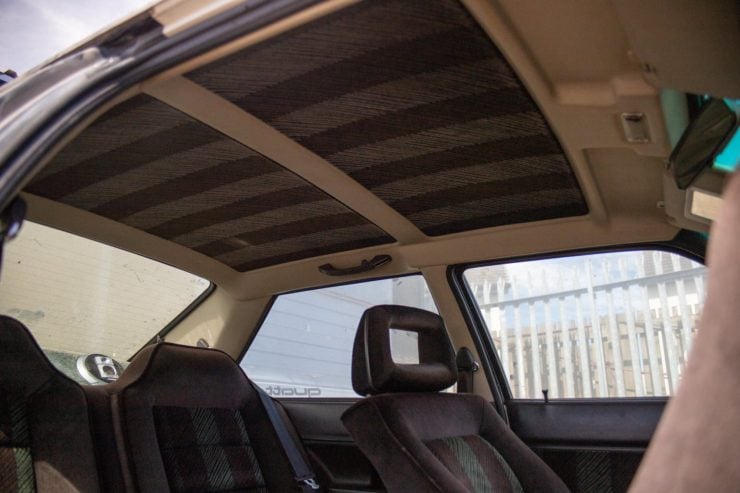
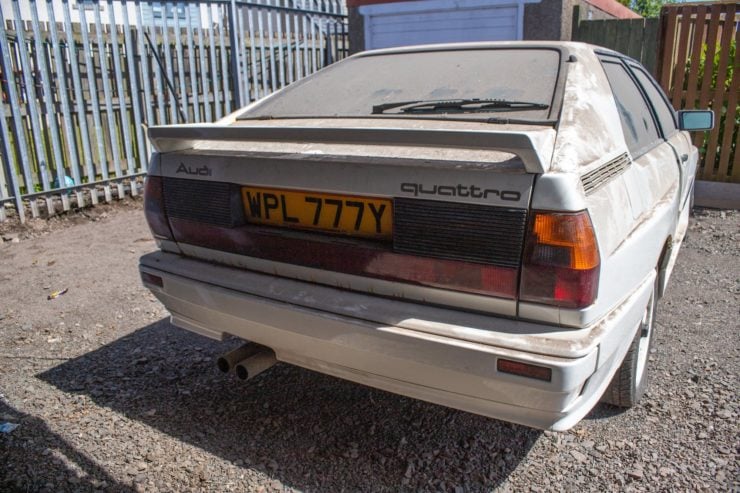
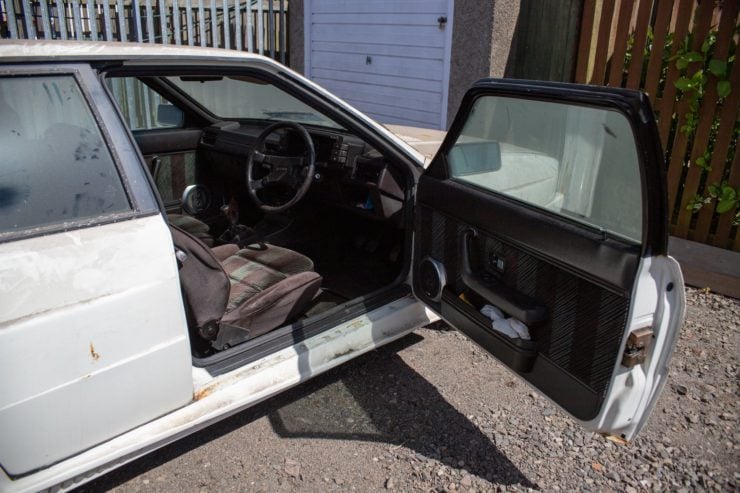
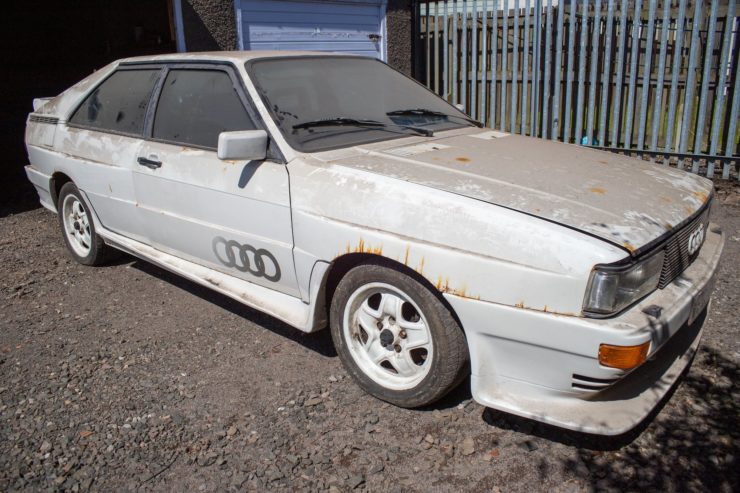
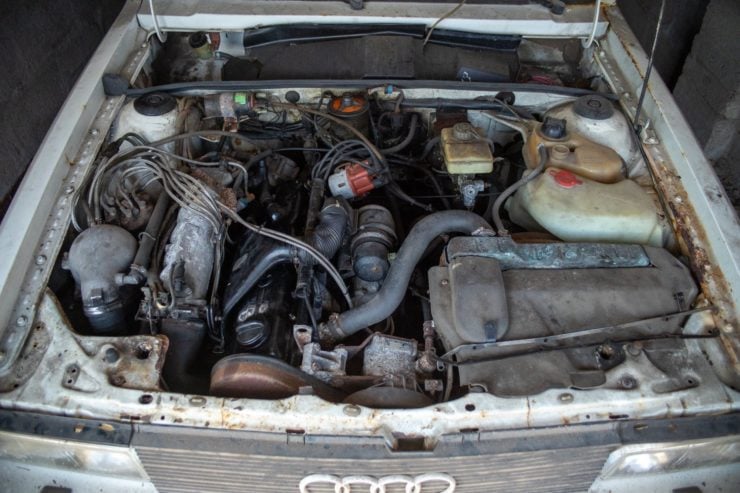
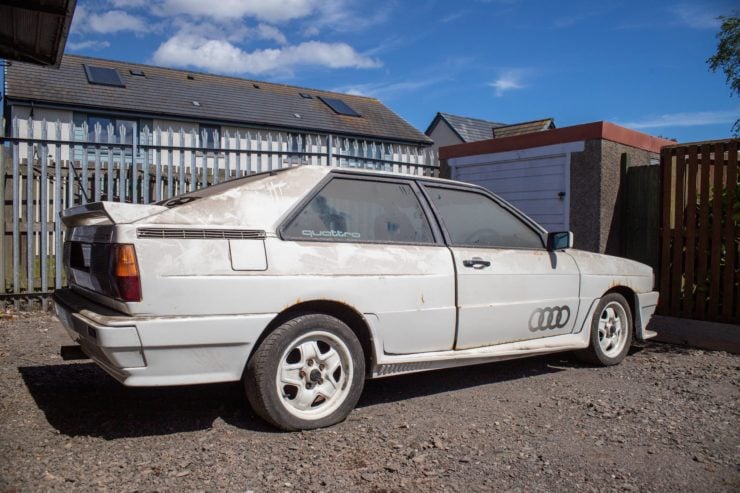
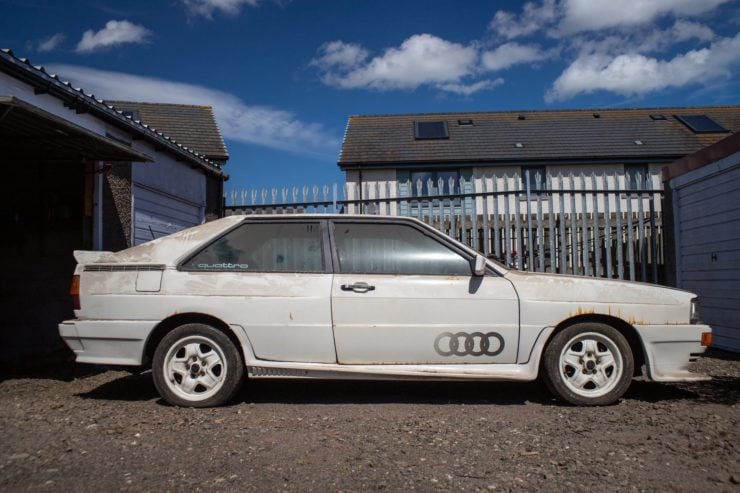
Images courtesy of Car & Classic + Audi AG
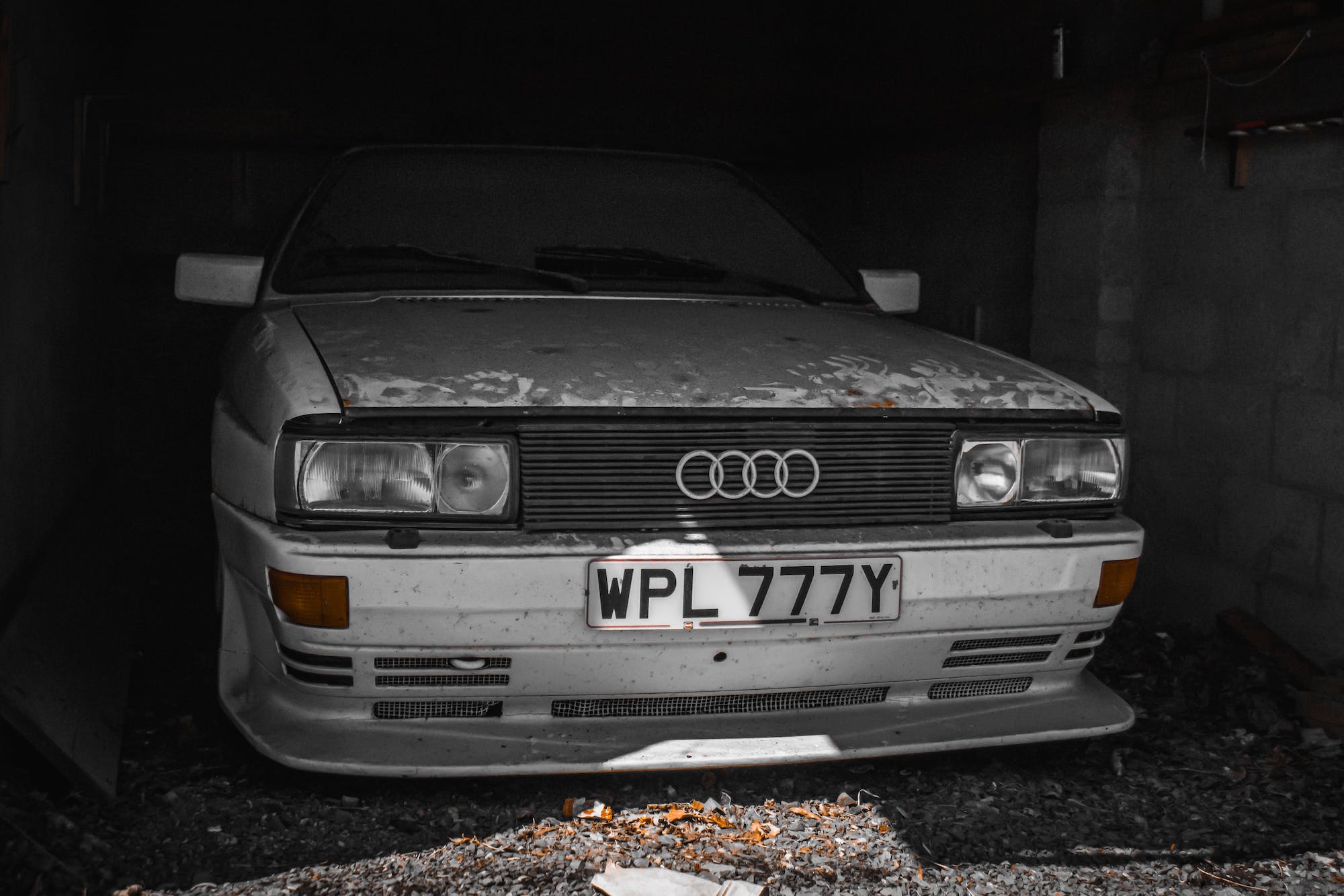
The post Barn Find: A 1982 Audi Quattro – Unearthed After Almost 30 Years appeared first on Silodrome.
from Silodrome https://silodrome.com/barn-find-audi-quattro/
via gqrds
